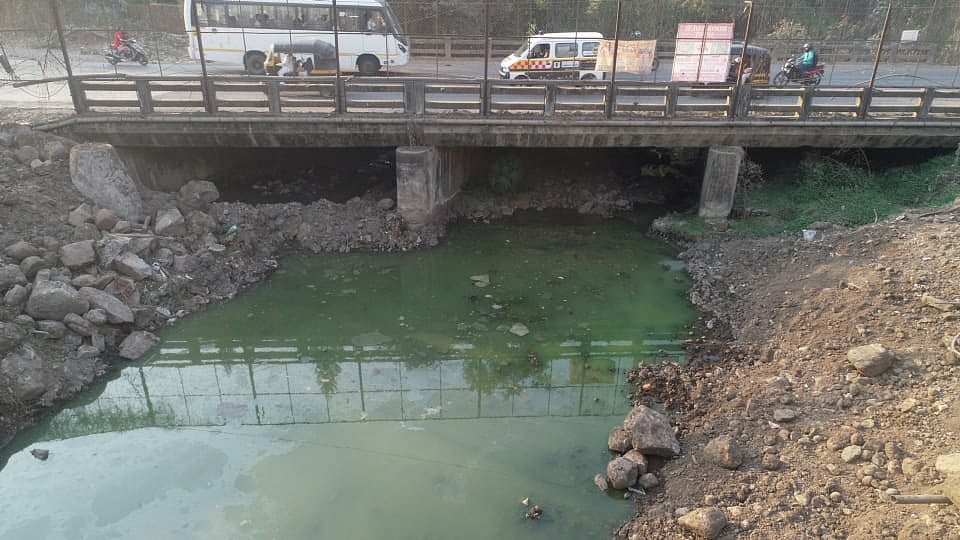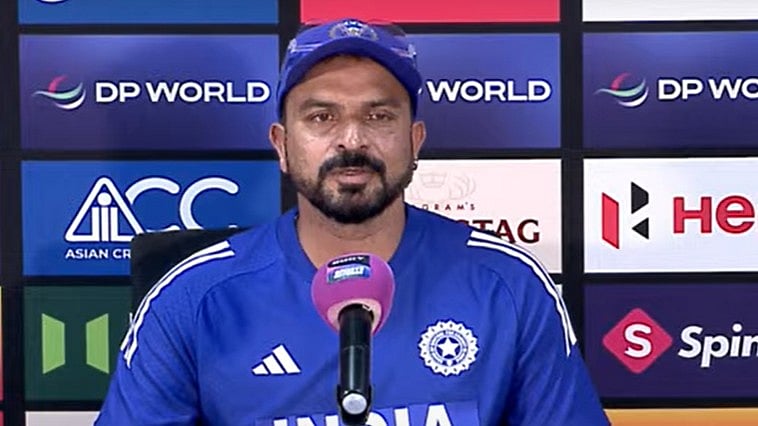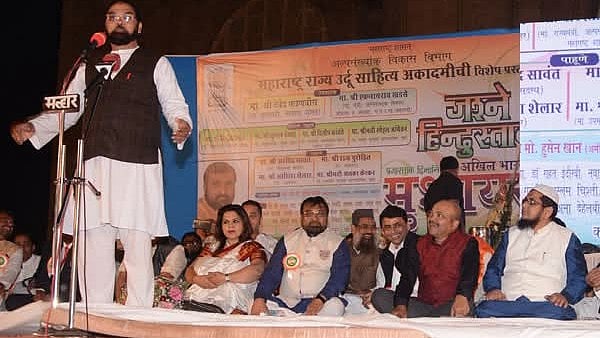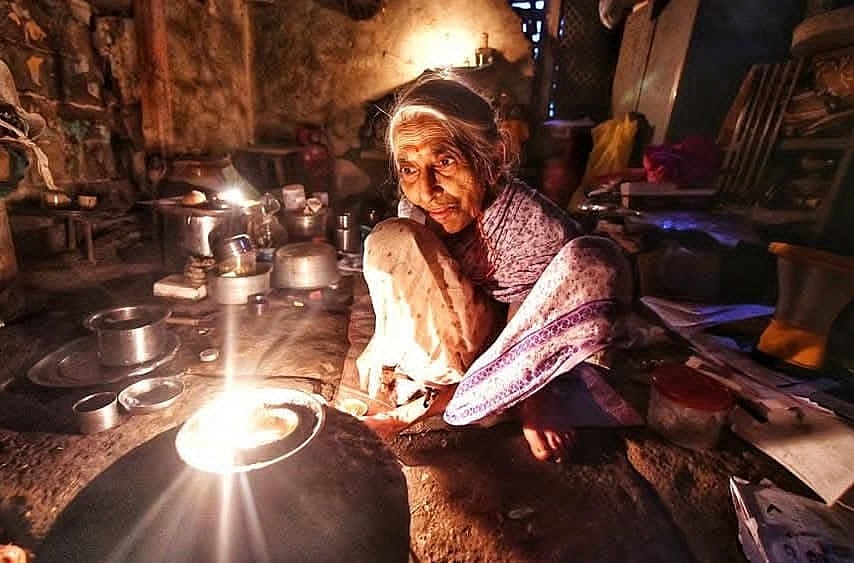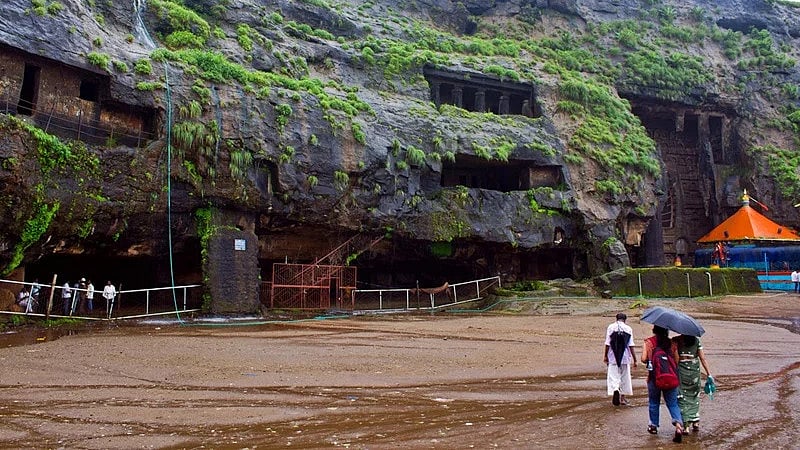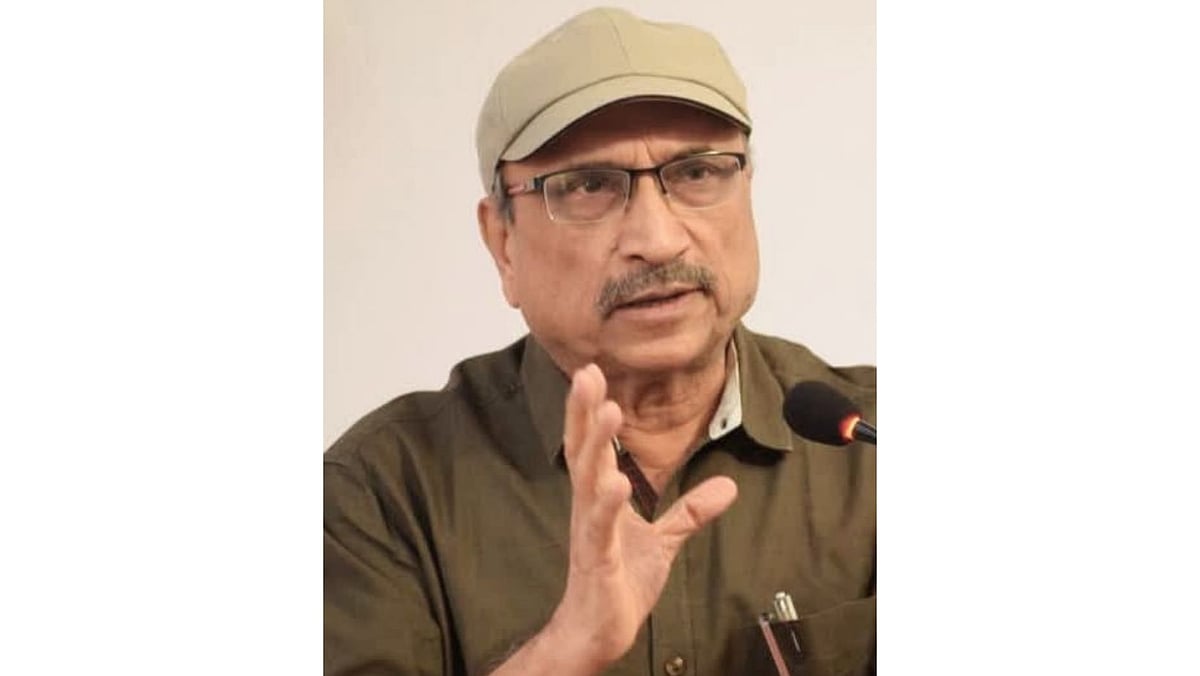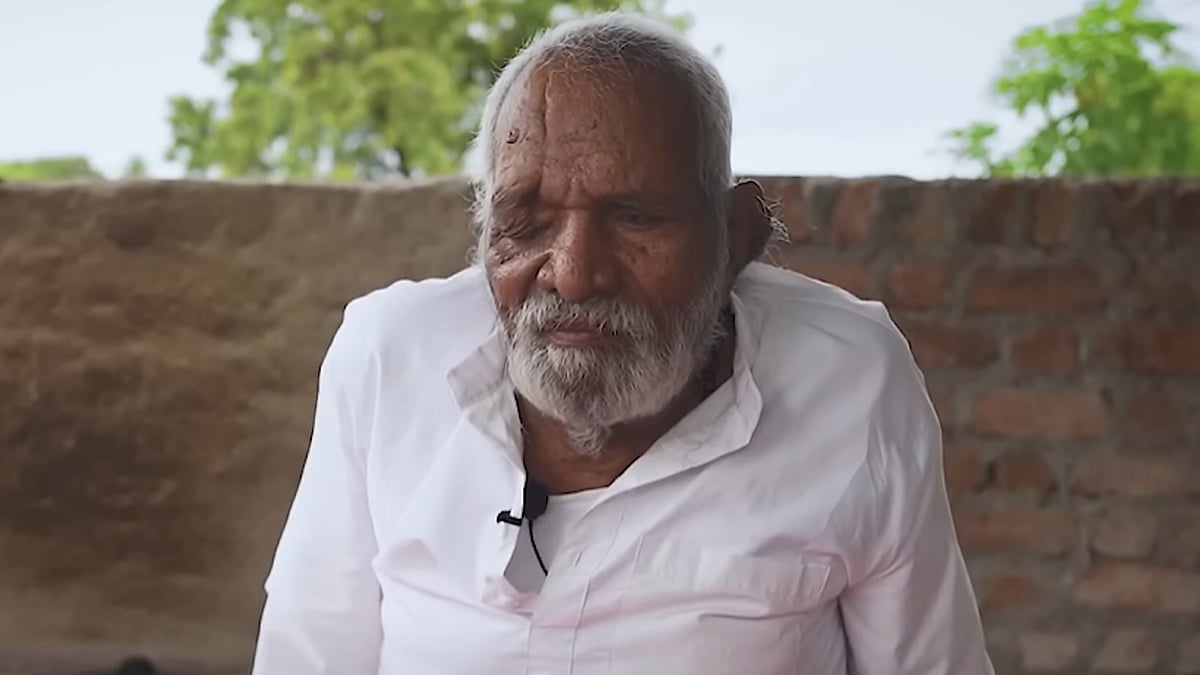The 19.2km Ramnadi, once an ecologically vital and culturally rich tributary of the Mula River, now suffers from reduced water capacity, siltation, loss of biodiversity, and contamination, rendering it unfit for human or animal use.
On July 24, the National Green Tribunal (NGT) Pune bench issued a directive urging the Pune Municipal Corporation (PMC), Pune Metropolitan Region Development Authority (PMRDA), and Bhugaon and Bhukkum gram panchayats to act on the river’s worsening health.
The NGT directed the gram panchayats and PMRDA to establish a sewage treatment plant (STP) within six months to stop untreated sewage from entering the river. The order cited relevant clauses from the Maharashtra Metropolitan Region Development Authority Act, 2016, highlighting PMRDA’s dual role as planning authority and infrastructure executor. Despite repeated attempts by The Free Press Journal (FPJ), PMRDA did not respond to queries about its involvement in the proposed STP.
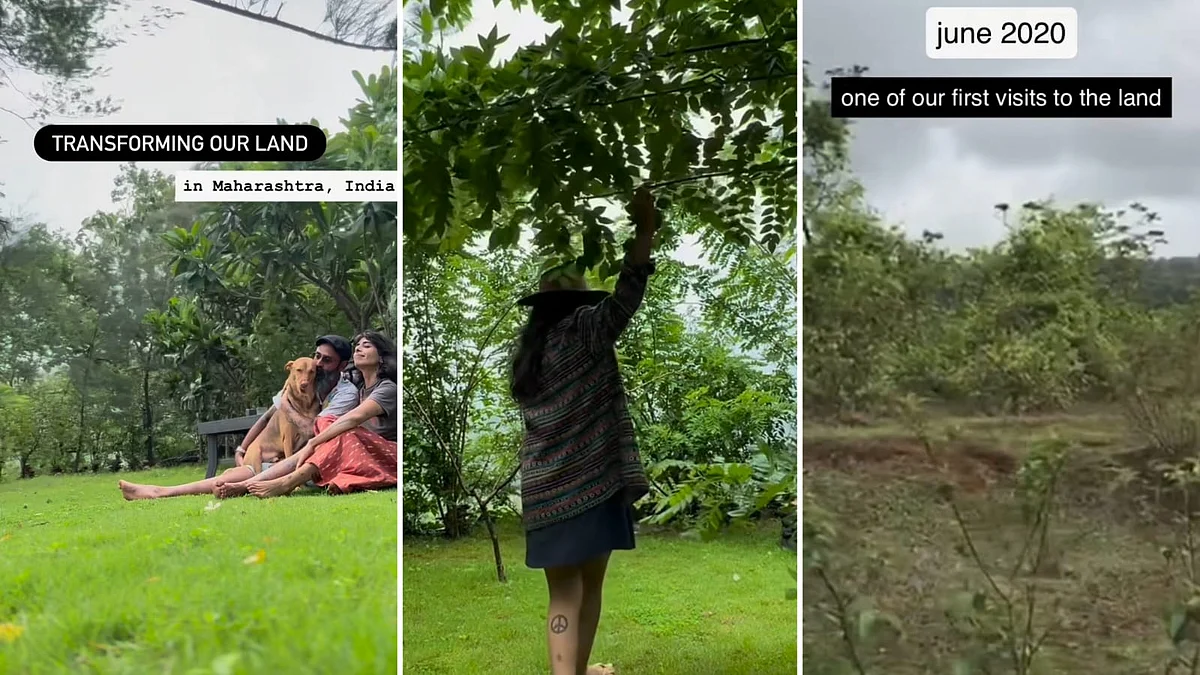
Ramnadi’s degradation is closely tied to unchecked urbanisation in surrounding areas like Bhugaon, Bhukkum, Bavdhan, Baner, Aundh and Pashan. The river has narrowed by 15%, and 106 of its 416 feeder streams have vanished. Once sustaining the biodiversity of Pashan Lake and supporting heritage temples like Jarseshwar and Someshwar, the river now acts as an unofficial sewage canal.
Ramdas Kale, a Bhukkum resident, told FPJ, “Ten to 15 years ago, we used to wash clothes and animals in Ramnadi, but pollution from residential areas, automobile shops and agriculture has made the water unusable.” Another local, Shrikant Gore, said, “The Ramnadi now emits foul odour and receives untreated construction waste and sewage from housing societies.”
Krunnal Gharre, the petitioner in the NGT case, said, “Satellite imagery and on-ground walkthroughs over the years revealed 38 sewage discharge points. The river suffers from long-standing negligence by authorities and contractors who have ignored the natural flood lines. Heavy debris from construction sites has caused major siltation.” He added that the Ramnadi feeds three lakes—Khatpewadi, and the man-made Manas and Pashan lakes—making its revival critical for sustaining biodiversity.

Ramnadi revival is more about behavioural change: Shailaja Deshpande
However, past efforts at river revival through public-private partnerships have had limited success. Shailaja Deshpande, director of Jeevitnadi – Living River Foundation, told FPJ, “Ramnadi revival is less about STPs and more about behavioural change in how communities treat the river.” She noted that such smaller river projects often fail to gain political traction due to their low visibility.
Vasundhara Kirloskar and organisations like the Ramnadi Restoration Mission (RRM) have led grassroots efforts to restore the river. RRM director Virendra Chitrav told FPJ, “Our continuous advocacy led to the government changing Ramnadi’s official designation from canal to river in 2015. This allowed for proper red and blue floodline marking. Unscientific development, however, has caused the disappearance of nearly 170 natural springs, with only 40–45 remaining today.”
Chitrav said that since RRM began five years ago, working with 25 schools and colleges has raised awareness. “Water quality has improved between Khatpewadi and Manas lakes, with dissolved oxygen at 8ppm. Of nine Pashan Lake zones, water in four has been restored.”

Meanwhile, the 1MLD STP upstream of Pashan Lake remains non-operational a year after its installation. Gharre said, “Even by 2011 Census estimates, the Pashan population exceeds one lakh. With PMC supplying 3.5MLD of water to Bavdhan-Budruk, it’s clear that current treatment levels are inadequate. The STP will likely be commissioned just before PMC elections.”
PMC Drainage Department’s Chief Engineer Jagdish Kanore told FPJ, “The STP is undergoing a three-month trial and should be operational within a month.” He added that PMC plans to build 14 STPs city-wide and is piloting a 4.5MLD water purification plant at Jambhulwadi Lake, with possible expansions to Katraj and Pashan.
Bhukkum gram panchayat secretary Bhagwat Yadav said land at survey no.297 has been identified for an STP, but discussions with PMRDA are ongoing.
Despite these challenges, Gharre remains optimistic. “The NGT order provides a legal framework to push for cleaner water, restore Pashan Lake’s birdlife and revive the river’s role in groundwater recharge. What we need is political will, not ad-hoc fixes.”
